Brazil’s tropical location (not associated with high latitudes), its very low tectonic activity, geological history, isolated position on the eastern side of South America, overall low elevation, and remarkably uniform coastline result in many geographic elements that do not occur within the national territory — or that appear only with limited frequency, size, or expression, often in subtle or insignificant forms — despite the country’s vastness and diversity. In this post, we list 26 of these elements, which we refer to as Brazil’s canonical exotamas, organized into ten categories of genesis. For the many geographic features that do occur in Brazil, despite their constraints, the texts in this blog — Brasil in 101 Singularites and Brazil: Topology and Nature — provide excellent explanations.
1 ACTIVE TECTONIC ELEMENTS (5)
1A. ACTIVE VOLCANOES
XXXXXXXXX
1B. GEYSERS
XXXXXXXXX
1C. HYDROTHERMAL VENTS
XXXXXXXXX
1D. EXPOSED FAULTS
XXXXXXXXX
1E. HOT RIVERS
XXXXXXXXX
2 ARID CONDITIONS ELEMENTS (3)
2A. TRUE DESERTS
XXXXXXXXX
2B. OASIS
XXXXXXXXX




2C. SALT PANS
Natural salt pans or salt flats are flat expanses of ground covered with salt and other minerals, usually shining white under the sun. They are found in deserts and are natural formations (Wikipedia). There is no official global ranking of salt flats (salars) — therefore, the best we can offer is a list of notable examples: Salar de Uyuni (SW Bolivia), Salar de Atacama (N Chile – SEE), San Ignacio Lagoon (Baja California, Mexico – SEE), Bonneville Salt Flats (Utah, USA), Etosha Pan (Namibia), Chalbi Desert (Kenya), Rann of Kutch (on the India–Pakistan border), and Salt Pan Creek, Salt Pan Cove, The Salt Pans, Lake Eyre, and Lake Amadeus (Australia).
Brazil’s climate is generally too humid to sustain natural salt flats, even in its driest regions. Nevertheless, especially in the Northeast, there are saline soils, groundwater, and lagoons.
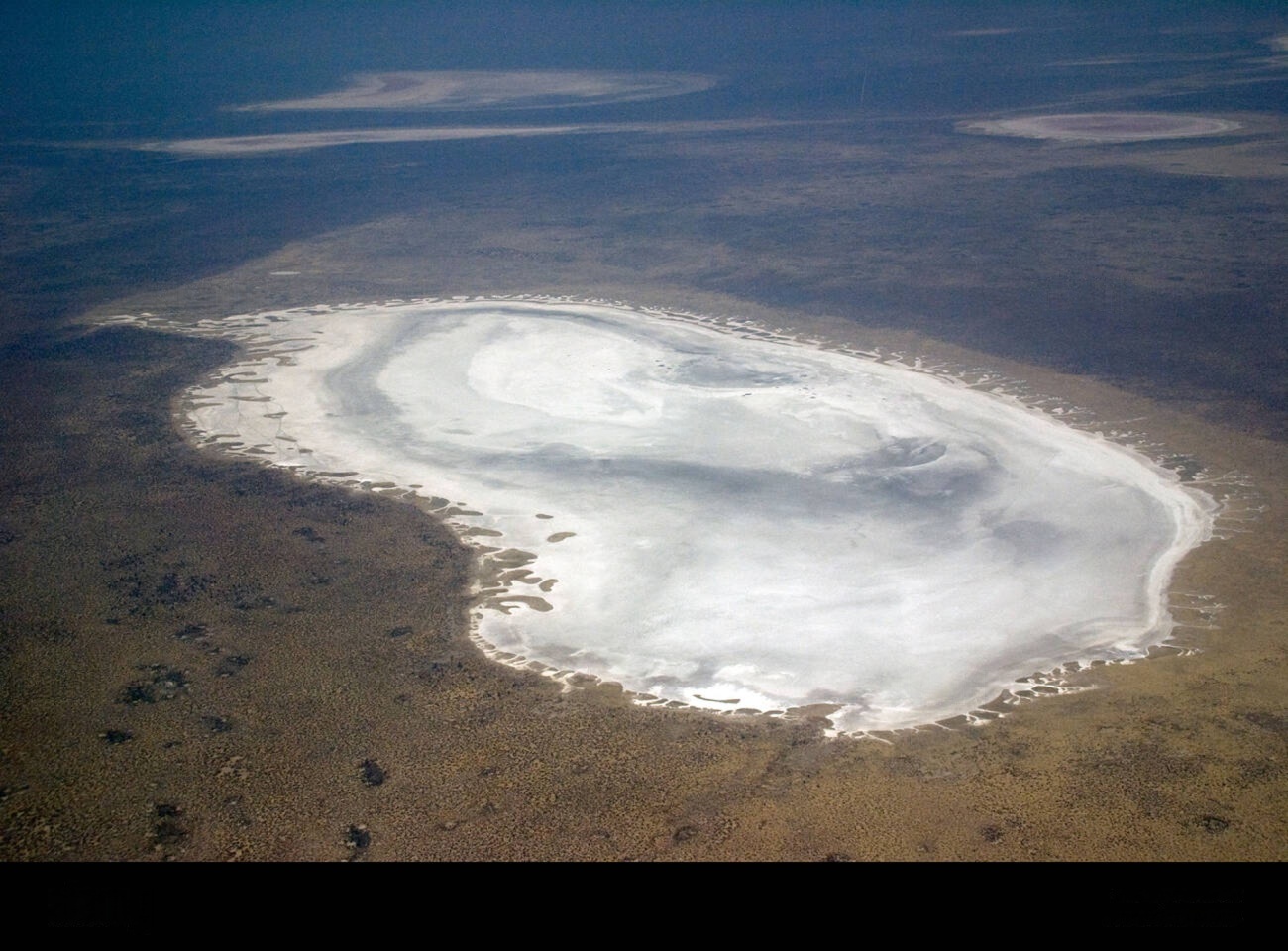
:max_bytes(150000):strip_icc():format(webp)/GettyImages-656310093-cbbce4ea79a7457babd47cb76a4cf01f.jpg)
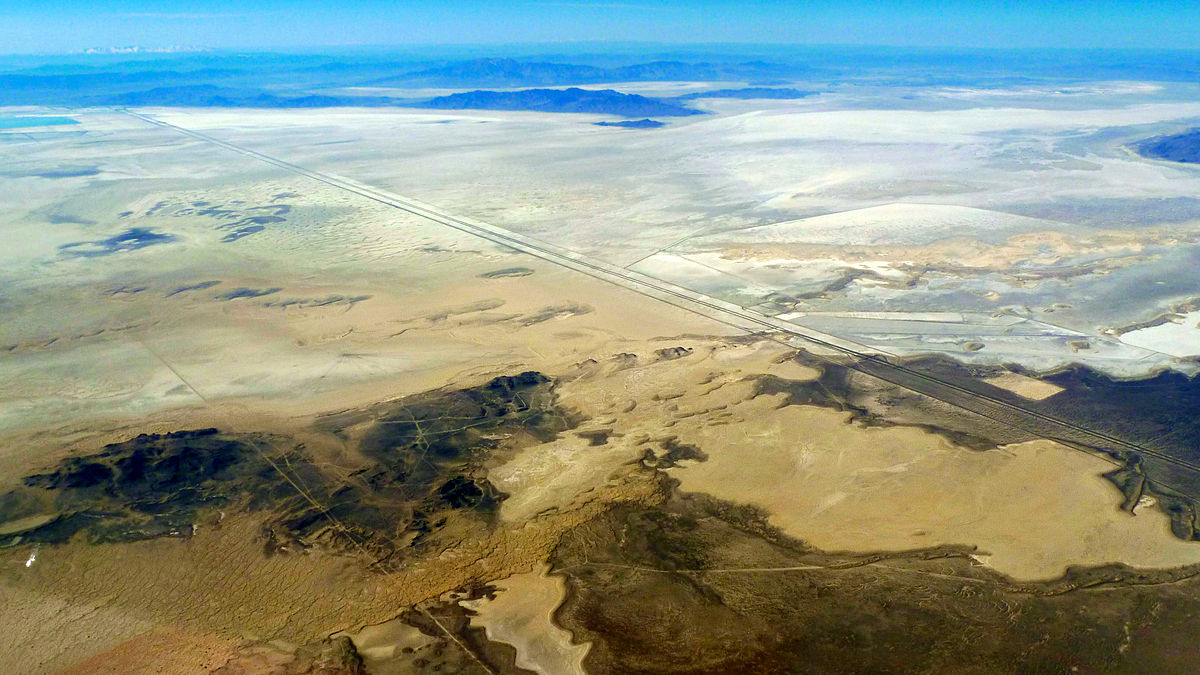
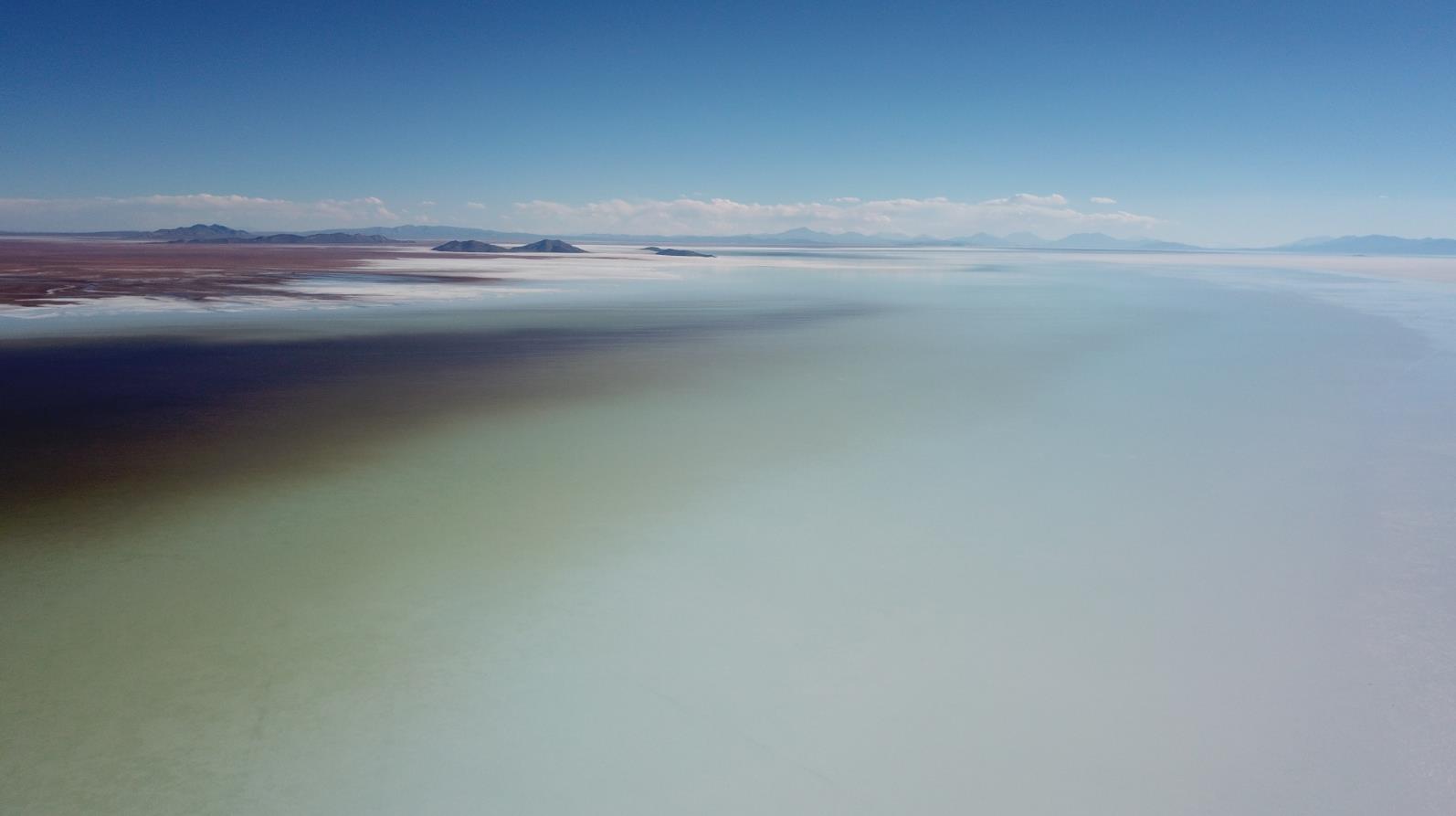
3 HIGH LATITUDINAL ELEMENTS (2)
3A. MIDNIGHT SUN, AURORAS, NACARATE CLOUDS AND OTHER HIGH LATITUDE PHENOMENA (2)
XXXXXXXXX
3B. SNOW WINTERS/BLIZZARDS
XXXXXXXXX
4 RELIEF ELEMENTS (3)
4A. HIGH MOUNTAINS AND ALTIPLANOS
XXXXXXXXX
4B. ABSOLUTE DEPRESSIONS
XXXXXXXXX
4C. ARHEIC/ENDOTHEIC BASINS
XXXXXXXXX
5 SPECIAL CAVES (3)
5A. ANCHIALINE CAVES
XXXXXXXXX
5B. CHEMOAUTOTROPHIC CAVES
XXXXXXXXX
5C. GYPSUM CAVES
XXXXXXXXX
6 LAKES AND RIVERS (1)
6A. HUGE LAKES
XXXXXXXXX
7 COAST CONTOURN (4)
7A. DOUBLE COASTS
Countries with two or more coastlines are relatively uncommon worldwide. According to Wikipedia (SEE), a total of 23 countries have this characteristic, which can be grouped into six categories. Only Russia, the USA, and Canada have coastlines on three oceans — the Arctic, Pacific, and Atlantic [1]. Mexico, Guatemala, Honduras, Nicaragua, Costa Rica, Panama, and Colombia are Spanish-speaking countries with coastlines on both the Pacific Ocean and the Atlantic Ocean (Caribbean Sea) [2]. South Africa, Chile, Argentina, and Australia are southern tip countries with coastlines on two different oceans [3]. Thailand, Malaysia, Indonesia, and Timor-Leste (East Timor) have coastlines on both the Indian and Pacific Oceans, reflecting their position in a highly interconnected maritime region [4]. Egypt and Israel have coastlines on both the Mediterranean Sea and the Red Sea [5]. Norway, Iceland, and Greenland (a territory of Denmark) have coastlines on both the Arctic and Atlantic Oceans [6].
7B. PENINSULAS
A peninsula is a landform that extends from a mainland and is surrounded by water on most, but not all of its borders. A peninsula is also sometimes defined as a piece of land bordered by water on three of its sides. Peninsulas exist on all continents, ranging from tiny to very large. The largest peninsula in the world is the Arabian Peninsula (Wikipedia).
This concept is inherently subjective and may involve some controversial interpretations. In this article, the term 'peninsula' will be defined as: landmasses that extend from a larger continental mass, without necessarily having a triangular shape, that display a clear and intuitive notion of an isthmus, and possess significant cartographic prominence at a global scale.
Under the terms above, only 19 peninsulas are considered in the world: Antarctica, Yucatán, Baja California, Florida, Labrador, Melville, Alaska, Nome, Brittany, Jutland, Scandinavia, Kola, Italic, Peloponeso, Crimea, Arabian, Malay, Korean, and Kamchatka.
Some classic peninsulas are rejected here: Iberian, Carpentaria, Indian, and the Horn of Africa. Peninsulas on islands, such as those in Sulawesi, are also excluded.
Here is no clear definition of what is Bay, Gulf or Sea. In this way, there are bays larger than seas, lakes called sea, gulfs more open than coasts that do not take any special name, assigned to classical, media or historical names.
7C. GULFS
XXXXXXXXX
7D. FJORDS
XXXXXXXXX
8 BIOLOGICAL ISSUES (2)
8A. LARGE ANIMAL MIGRATIONS
Animal migrations are seasonal movements performed by many groups — such as jellyfish that drift with ocean currents, fish like salmon returning upriver to spawn, sea turtles that navigate back to their natal beaches, birds that cross continents using astronomical and magnetic cues, and mammals such as whales and African herbivores searching for food and suitable breeding grounds. One remarkable case is the journey of monarch butterflies, which travel from Canada and the USA to the mountains of central Mexico to overwinter in forests of Abies religiosa, that forms dense, humid canopies essential for the butterflies’ survival. Another iconic migration is the massive movement of mammals in the Serengeti, where over 1M wildebeests, accompanied by zebras and gazelles, follow seasonal rains in a circular route between Tanzania’s Serengeti and Kenya’s Maasai Mara, facing predators and river crossings along the way.
8B. MACROPHYTE COLORFUL RIVERS
The most remarkable example of a river and its macrophyte population in the world is Caño Cristales, a river located in the Serranía de la Macarena, an isolated mountain range in the Meta Department of Colombia, in center Colombia, east of Andes. It is a tributary of the Guayabero River, itself part of the Orinoco Basin, commonly called the 'River of Five Colors' or the 'Liquid Rainbow', and is noted for its striking hues. From late July through November, the riverbed displays shades of yellow, green, blue, black, and especially red, the latter produced by Rhyncholacis clavigera (P. Royen) B. R. Ruhfel & C. T. Philbrick, a Colombian endemic species of the Podostemaceae family (Wikipedia).
BRAZIL DISCLAMER ‣ despite Brazil having the world’s greatest diversity of Podostemaceae species, including some reddish ones, nothing in the country compares to Caño Cristales; thus, this river represents a biological category absent in Brazil.

RIVER CAÑO CRISTALES, IN THE SERRANÍA DE LA MACARENA, AN ISOLATED MOUNTAIN RANGE IN META DEPARTMENT, COLOMBIA
9 GEOLOGY (1)
9A. SOILS
Six type of soils by World Reference Base for Soil Resources (WRB) do not occur in Brazil: Cryosol (CR, permafrost-affected, SEE), Gypsisol (GY, SEE), Calcisol (CL, SEE), Stagnosol (ST, SEE), Retisols (RT, former Albiluvisol, SEE), and Regosol (RG, SEE).
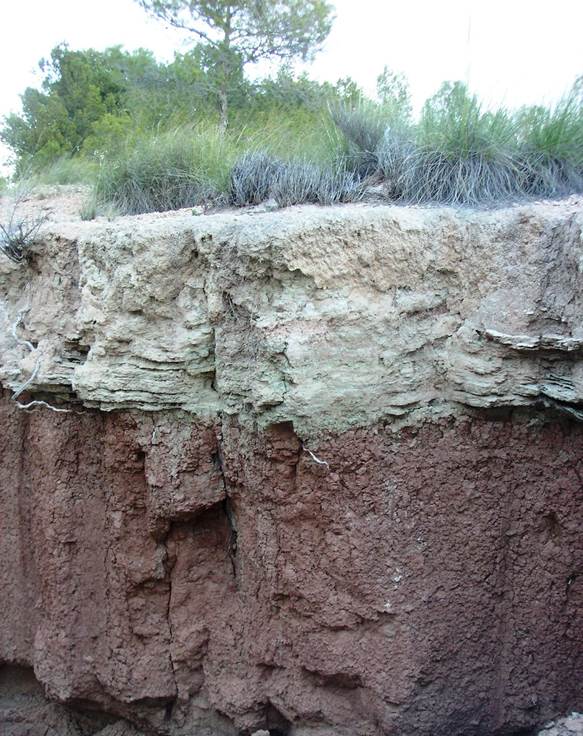
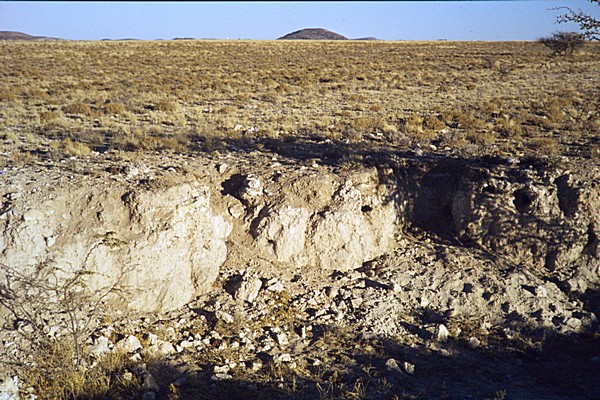
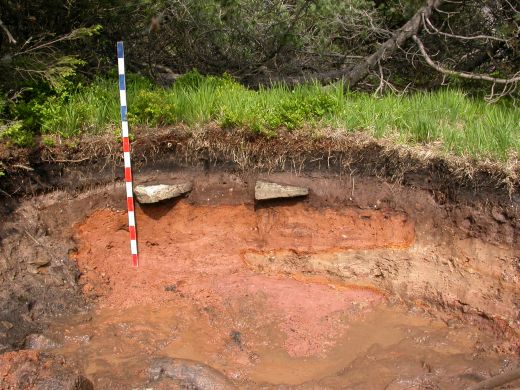


10 SCENIC ISSUES (2)
10A. BLACK BEACHES
Around the world, black-sand beaches and lagoons can be found in many regions, most notably in Hawaii, California, Costa Rica, Greece, Iceland, and Indonesia. This phenomenon is closely linked to the presence of volcanic materials—such as fragmented basalt, volcanic glass, and other dark minerals—that accumulate in the sand through erosion, eruptions, or wave action. In many of these areas, the deep black coloration not only creates striking landscapes but also affects the sand’s temperature, making it much hotter under intense sunlight.
BRAZIL DISCLAMER ‣ in Brazil, there are no naturally occurring black-sand beaches, mainly due to the absence of recent volcanic activity in the country. A beach in Resende, Rio de Janeiro, is occasionally mentioned for having darker-colored sand; however, the shade is not dark enough to be considered true black sand, since it does not originate from volcanic materials and lacks the intensely dark tone typical of regions with active or geologically recent volcanism.

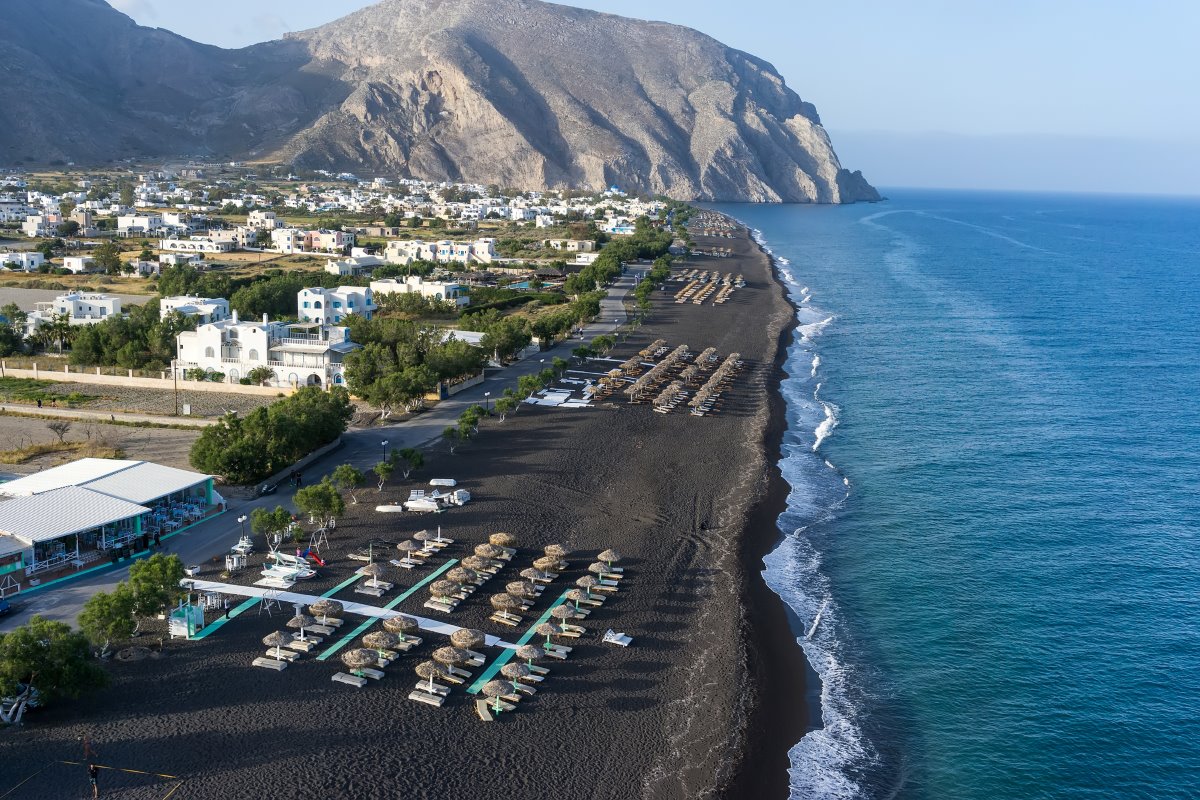
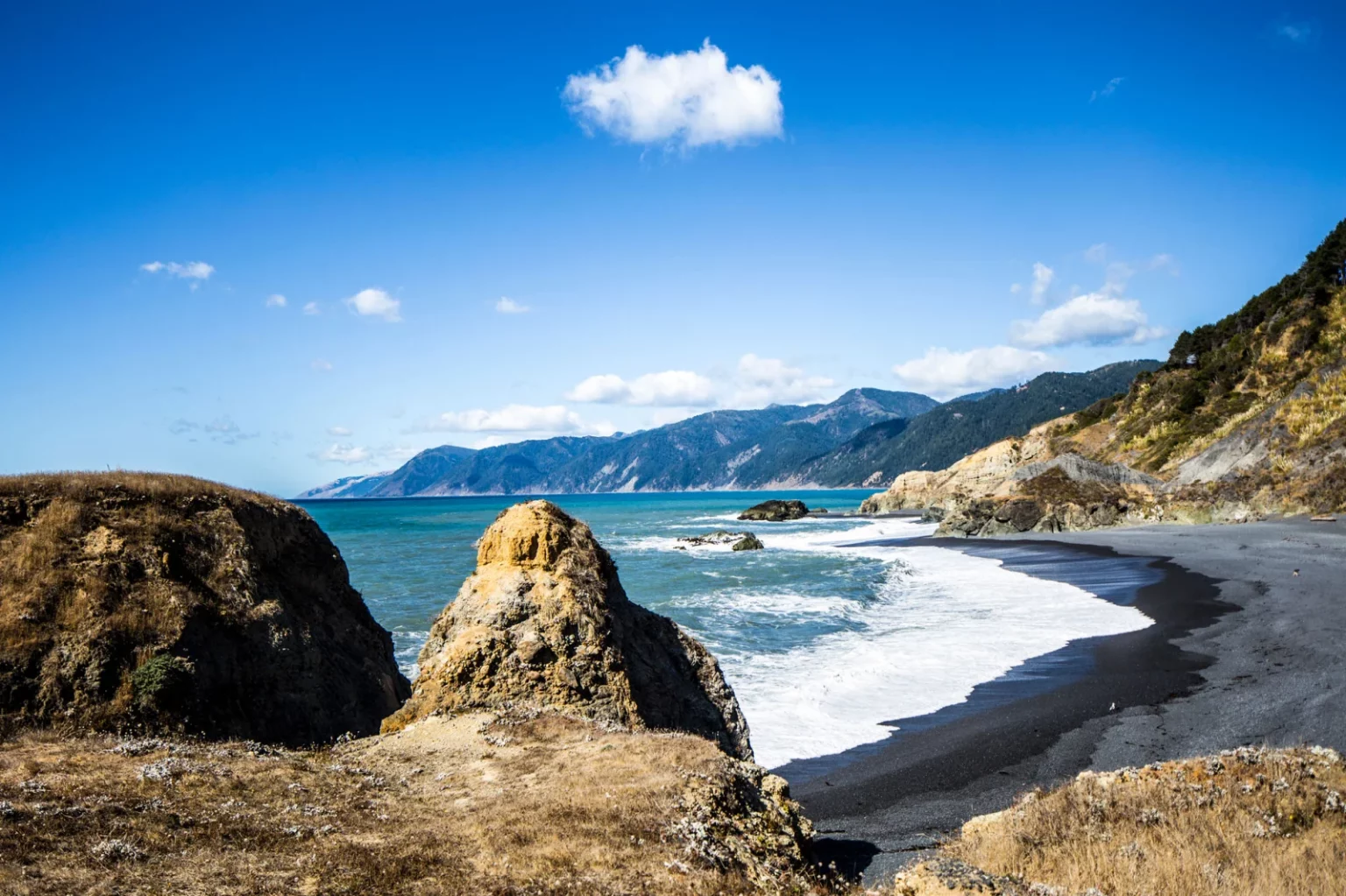
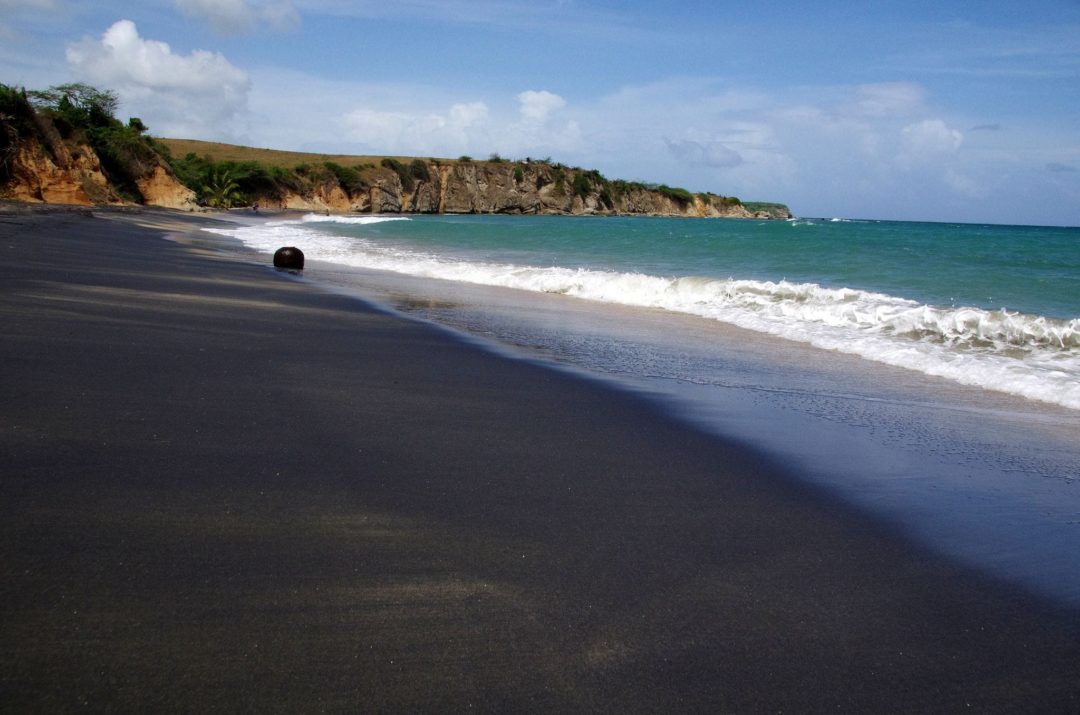
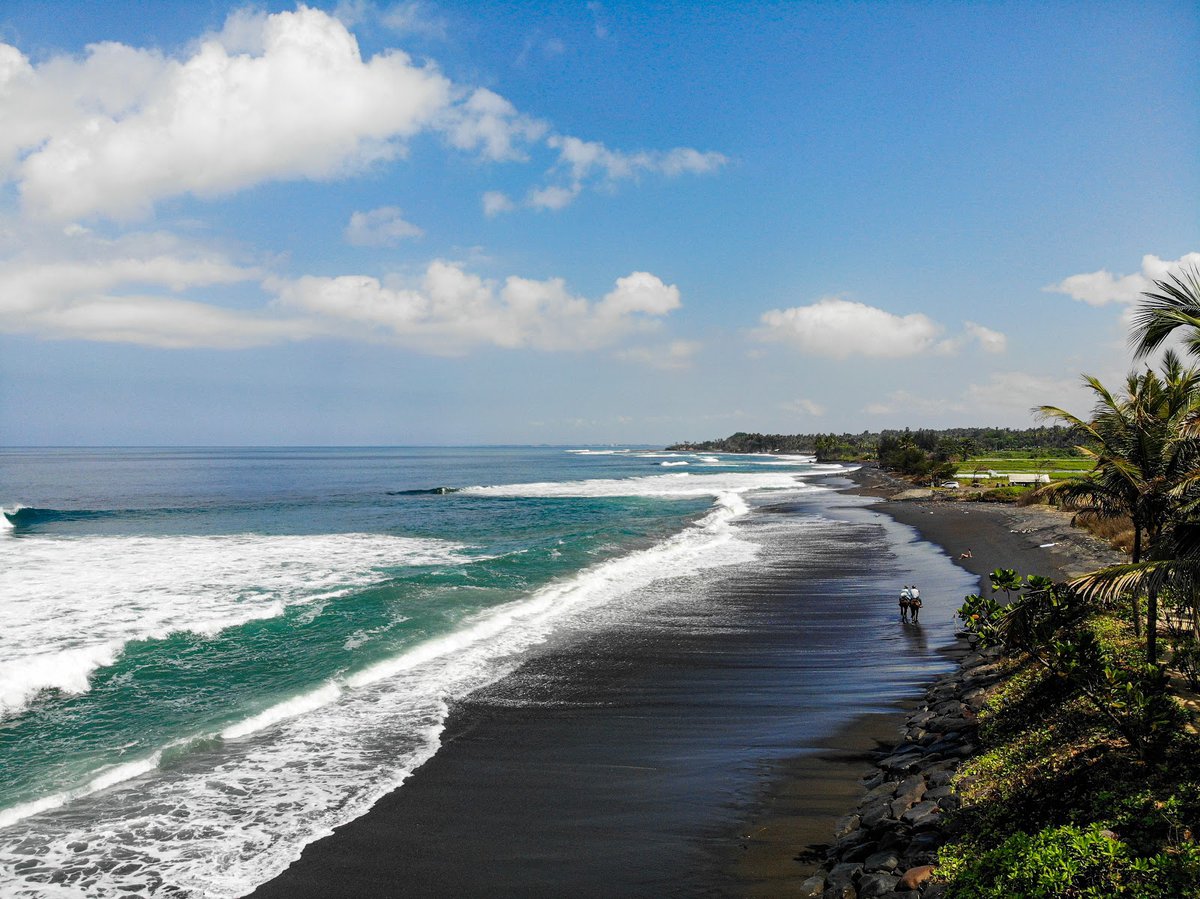
10B. COLORFUL LAKES
Around the world, many lakes take on warm hues — ranging from soft pink to deep red — caused by the proliferation of specific microorganisms, especially certain algae and halophilic archaea that thrive in highly saline environments. These vibrant colors appear only when a rare combination of climatic, geological, and biological factors comes together: high salt concentrations, strong sunlight, elevated temperatures, and low water renewal. The presence of minerals such as carbonates and sulfates can further intensify the coloration, as can seasonal evaporation, which concentrates biological pigments even more.
Across the planet, some of the most iconic colored lakes are found in countries such as Senegal, Australia, Ukraine, Bolivia, Mexico, and Argentina. Many of them have become important tourist and scientific sites, as they reveal how microbial life adapts to extreme conditions that, in some ways, resemble environments found on other planets. Among the best known are Lake Retba (or Pink Lake) in Senegal, the striking Lake Hillier in Australia, the rosy Lake Las Coloradas in Mexico, the intensely colored Laguna Colorada in Bolivia, and various pink-hued salt flats scattered across Argentina and Ukraine.
BRAZIL DISCLAMER ‣ there are mentions of a few lakes in Brazil displaying somewhat unusual colors, the most notable being the Lagoa Vermelha in Arraial do Cabo. However, this is not sufficient to validate this phenomenon in Brazil in a satisfactory way, since its coloration is not extremely vibrant and it is not a natural lake (Wikipedia).

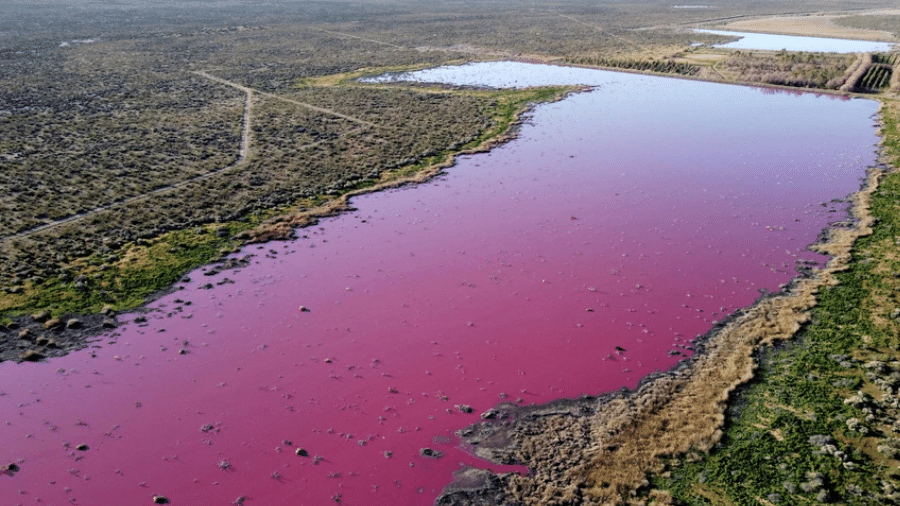




1 EXPOSED FAULTS
There is no formal and academic listing of exposed partition faults. Here we limit ourselves to mentioning the most important ones (and highlighting that none are evident from Brazil): Iceland Fault (SEE), Rift Valley in Africa (SEE) and San Andreas in California, U.S.A. (SEE).
2 ACTIVE VOLCANOES
531 volcanoes has confirmed eruptions since 1800, in 55 countries and Antartida, 282 only in Indonesia, U.S.A., Japan, Russia and Chile. 74 are South American. Brazil ho has active volcanoes since Holocene (Smthsonian/Volcanoes by Country). Mexico has nine active volcanoes since 1800, and five since 1960. For Chile the numbers are 34 and 19, respectively. In Russia, 49 and 27. In U.S.A., 63 and 40, almost all in Alaska. For a complete synopsis of volcanoes worldwide, see Cottrell (Chapter Book, 2015).
Mainland Eurasia has active volcanoes only in Italy, Greece and Vietnam. Almost all African active volcanoes are provided by hotspots.
3 GEYSERS
A geyser is a spring characterized by an intermittent discharge of water ejected turbulently and accompanied by steam. As a fairly rare phenomenon, the formation of geysers is due to particular hydrogeological conditions that exist only in a few places on Earth. Worldwide true geysers occur in 25 countries, two in Europe (Iceland and Turkyie), four in Africa (Chad, Ethiopia, Kenya, Uganda), seven in Asia (India, China, Myanmar, Thailand, Indonesia, Russia, Japan), five in Oceania (New Zealand, Papua New Guinea, Solomon Is., Fiji, Vanuatu) and seven in America (U.S.A., Mexico, Costa Rica, Peru, Bolivia, Argentina and Chile), by Scot Bryan (BOOK, 2018).
For New Zealand gysers, see Johnstons Achive.
Shanay-timpishka is a tributary of the Pachitea River, which subsequently flows into the Ucayali River, the main headstream of the Amazon River. It is one of the largest documented thermal rivers in the world. Though the entire river system is about 9 km, it is only the lower 6.24 km that is thermal. Its deepest point is around 4.5 m, and its widest is around 30 m (Wikipedia).
4 HYDROTHERMAL VENTS
Since the first discovery of vents in 1977, some 700 hydrothermal vent species previously unknown to science (Vents Database), together with 600 species at cold seeps, have now been described (German et al., Plos One, 2011). Worldwide this places occur in over Pacific Ocean, Indian Ocean, Red Sea, Mediterrânean, Arctic, and in Meso-Atlantic Ocean. The closest occurrences to continental Brazil are c. 2,500 km away, in the Middle of the Atlantic at the same latitude of Pernanbuco, Paraíba and Rio Grande do Norte (details in German et al., Earth and Planetary Sciences Letters, 2008).
5 GYPSUM CAVES
Open gypsum karsts are found mainly in arid and semiarid environments, and where fairly thick gypsum units were surrounded by impervious sequences prior to exposure. The best documented examples of caves formed in open karst type are in Central Apennines and Sicily in Italy (Neogene gypsum), in Sorbas (Neogene gypsum) and Vallada (Triassic gypsum) regions in Spain, in New Mexico and in Oklahoma, U.S.A. (Permian gypsum), and in the Pinega region of NW Russia (Permian gypsum). They include the longest gypsum caves of this type: Kulogorskaja-Troja (Pinega, NW Russia, 16.4 km long), Jester Cave (Oklahoma, 11.8 km long), Spipola/Aquafredda (central Apennines 11 km long and 118m deep), Gueva de Aqua (Sorbas, 9.1 km long), and the deepest gypsum cave in the world Tunel dels Sumidors (Vallada; 210m deep). Other significant gypsum caves of this type are explored in the Diebel Nador and Oranais areas in E and W Algeria, in the Ar Rabitat/Bir area in NW Libya, in C & N Somalia, in some mountain areas in the northern Caucasus in Russia, and in Central Asia in Tajikistan (White & Culver, Enciclopedia of Caves, 2019, 3th edition).
6 ANCHIALINE CAVES
Anchialine habitats are water bodies in hollows along the sea coasts where the influence of the sea may be felt and which are inhabited by some obligatory subterranean species. Or, more accurately, they belong to 'a tidally influenced subterranean estuary located within crevicular and cavernous karst and volcanic terrains that extends inland to the limit of seawater penetration'. In New World, anchialine caves occur in several islands of Caribbean, SE Mexico, Belize, Honduras, N Venezuela, Bermudas, Galapagos Is., and Hawaii (Polynesia).

ANCHIALINE CAVES WORLDWIDE (EXCLUDES HONDURAS ANCHIALINE CAVES | NEIBER ET AL., 2011)
For several data from biodiversity in anchialine caves, especially in Mexico and Bermuda, see Brazilian Metazoa (Brazilian Cave Fauna/Excluded Taxa and Anchialien Systems).

ANCHIALINE MODEL WITH GRADATION COLOR OF SALINITY
7 CHEMOAUTOTROPHIC CAVES
Undeground ecosystem sustained by in situ chemoautotrophic primary production are very rare in Earth surface, and no had a formal checklist. Some classic exmaples are Movile Cave (E Romania, the most iconic, EZJ), Frasassi (Marche, Italy, SEE), Ayyalon (Israel, SEE), Villa Luz Cave (Tabasco, Mexico), Melissotrypa Cave (Elassona municipality, Greece), Tashan Cave (Iran), caves in the Sharo-Argun Valley in the Caucasus Mountains in SE Russia, and Lower Kane Cave and Cesspool Cave (Wyoming and Virginia, USA), by Wikipedia/Villa Luz Cave.
8 SNOW WINTERS/BLIZZARDS
As a tropical country, Brazil does not have severe winters, with regular temperatures that are always positive, with negative national records almost never lasting more than 24 hours. Blizzards are also very rare. In addition to tropicality, the fact that the Southern Hemisphere is more covered by oceans makes the existence of such winters, and the landscapes and phenomena associated with them, difficult.
9 MIDNIGHT SUN, AURORAS, NACARATE CLOUDS AND OTHER HIGH LATITUDE PHENOMENA
Midnight sun is a natural phenomenon that occurs in the summer months in places north of the Arctic Circle or south of the Antarctic Circle, when the Sun remains visible at the local midnight. When the midnight sun is seen in the Arctic, the Sun appears to move from left to right, but in Antarctica the equivalent apparent motion is from right to left. This occurs at latitudes from 65°44' to 90° north or south, and does not stop exactly at the Arctic Circle or the Antarctic Circle, due to refraction; the opposite phenomenon, polar night, occurs in winter, when the Sun stays below the horizon throughout the day (Wikipedia).
Also commonly known as the polar lights, auroras are natural light display in Earth's sky, predominantly seen in high-latitude regions (around the Arctic and Antarctic). Auroras display dynamic patterns of brilliant lights that appear as curtains, rays, spirals, or dynamic flickers covering the entire sky. Aurora australis is visible from high southern latitudes in Antarctica, Argentina, Chile, South Africa, New Zealand, and Australia. Aurora borealis is visible from being close to the center of the Arctic Circle such as Alaska, Canada, Iceland, Greenland, Norway, Sweden, Finland and Russia. On rare occasions the aurora borealis can be seen further south, for example in Estonia, Latvia, Lithuania, Scotland, Ireland, Denmark, and the northern part of the contiguous U.S.A. (Wikipedia).
10 FJORDS
A fjord or fiord is a long, narrow inlet with steep sides or cliffs, created by a glacier. Fjords exist on the coasts of Alaska, Antarctica, British Columbia, Chile, Denmark, Germany, Greenland, the Faroe Islands, Iceland, Ireland, Kamchatka, the Kerguelen Islands, Labrador, Newfoundland, New Zealand, Norway, Novaya Zemlya, Nunavut, Quebec, the Patagonia region of Argentina and Chile, Russia, South Georgia Island, Tasmania, United Kingdom, and Washington state. Norway's coastline is estimated to be 29,000 km (18,000 mi) long with its nearly 1,200 fjords, but only 2,500 km (1,600 mi) long excluding the fjords (Wikipedia). Saco do Mamanguá, a ria in southern Rio de Janeiro state in Brazil (Ecobrasil), is sometimes (and erroneously) reported a single tropical fjorde wordwide (Guia Viaje Melhor).
11 HIGHLANDS
Here, we define Level 1 highlands as areas located above 1,000 meters in elevation. When elevations exceed 2,000 meters, we refer to them as Level 2 highlands, and when they surpass 3,000 meters, they are classified as Level 3 highlands. Brazil is a country of very low average elevation — only 320 meters — and contains few areas within Levels 1 or 2, and none within Level 3. Level 1 highlands occur extensively in W South America, Guatemala, Mexico, the W U.S.A., Canada, and Alaska, with smaller patches in Brazil, the Guiana Shield, Costa Rica, Panama, the island of Hispaniola, and the Appalachian Mountains. Level 2 highlands are found mainly in the same regions but are almost entirely absent from E North America and Brazil. Level 3 highlands are restricted to highly isolated points in SE Alaska and NW Canada, a few states within the U.S. Rocky Mountains, limited areas in C Mexico and Guatemala, isolated spots in Costa Rica and Venezuela, and the Andean belt stretching from Colombia to W Argentina (Flood Map).
12 ABSOLUTE DEPRESSIONS
Dozens of land areas of the Earth sit below current sea level, in 33 countries. The lowest land area is the shoreline of the Dead Sea Depression in Israel, Jordan and Syria (-413m). The largest below-sea-level depression by surface area is the Caspian Depression of Kazakhstan and Russia with 200,000 km² of land below sea level (Geology). In New World absolute depressions are: Lousiana region (-4m), Death Valley in E California (-85,5m), Salton Trough in S California (-69m), Laguna Salada in NW Mexico (-10m), Lake Enriquillo in Dominica Republic (-45m), small places in Lagunillas Municipality, Zulia, Venezuela (up -12m), three places in Piura and Lambayeque Departaments (up -34m), Peru; and areas in coast of Argentina (up -105m). For Argentina provinces, see Wikiwand. Five subjects has areas below sea level (Buenos Aires, Chubut, La Pampa, Rio Negro and Buenos Aires city).
13 ARRHEIC BASINS
No data.
14 ENDORHEIC BASINS
Endorheic basins, whose fluvial flow does not flow to the oceans, are typical of continental depressions, and quite common in Eurasia, Africa and Australia. In the Americas there are nine large clusters systems: two in Canada, three systems in the U.S.A. and Canada, one cluster in Mexico, one in Guatemala, a large system between Peru and NW Argentina, one in Venezuela, and two small systems exclusive to Argentina (Wikipedia). There is no mention of endorheic basins in Brazil.
15 LARGE AND VOLUMOUS LAKES
There are 13 huge lakes in World, simultaneously with more than 8,300 km² in area and 850 km³ in volume (Wikipedia), being 4 in Great Lakes of North America (Superior, Michigan, Huron, Ontario), 3 in E Africa (Tanganika, Malawi and Victoria), two in NW Canada (Great Bear, Grat Slave), two in Eurasia (Caspian, the larger in both aspects, and Baikal), one in South America (Titicaca, the smaller of all huge laks in both aspects) and one in Antartida (Vostok).
17 TRUE DESERTS
A desert is a barren area of landscape where little precipitation occurs and, consequently, living conditions are hostile for plant and animal life. The lack of vegetation exposes the unprotected surface of the ground to denudation. About 1/3 of the land surface of the Earth is arid or semi-arid — this includes much of the polar regions, where little precipitation occurs, and which are sometimes called polar deserts or 'cold deserts'. Deserts can be classified by the amount of precipitation that falls, by the temperature that prevails, by the causes of desertification or by their geographical location (Wikipedia). Oasis, salt flats and sandstorms are some elements associated with deserts.
The world's deserts are found in five belts: W U.S.A. to N Mexico [1], coast of Peru to S Argentina [2], SW Africa [3], N Africa to N China [4], and Australia [5].
18 TRUE OASIS
In ecology, an oasis is a fertile area of a desert or semi-desert environment that sustains plant life and provides habitat for animals. Surface water may be present, or water may only be accessible from wells or underground channels created by humans (Wikipedia). The Atlas Saharan Oasis (SEE) lists 776 oasis across 11 countries: Mauritania (58), Niger (28), Morocco (166), Algeria (180), Tunisia (38), Libya (31), Egypt (11), Saudi Arabia (21), Yemen (73), Oman (168), and the United Arab Emirates (2).







